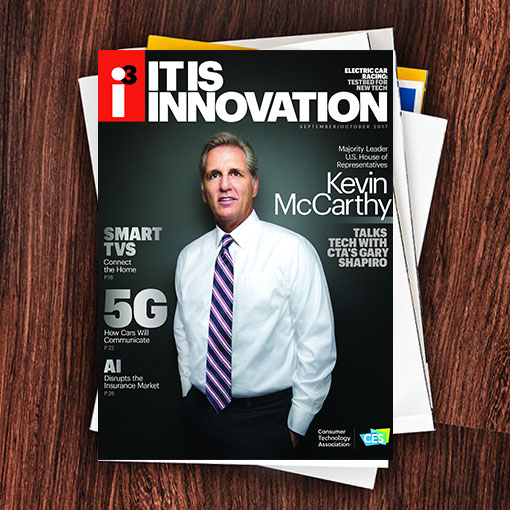Note: This interview has been edited for clarity and length.
When did you first realize automation would be a problem for higher education’s current approach?
At first, I started reading a lot of writers and books who were talking about the impact of automation on jobs, and I started thinking about the implications for higher education. If jobs are going to disappear, what will [universities] need to do? How are we going to get ahead?
The second aspect is more personal. The students themselves have been aware of this because they are the ones facing their future. They are aware that what they will be doing – in terms of research, in terms of the applications – is going to change. At the same time, they know they are going to be in a society where jobs are going to be replaced. Those two factors led me to think about how a person needs to behave to meet this new challenge of automation and how to educate someone to be “robot-proof” for life.
Your book mentions that the three literacies – technological, data and human – are the best way to prepare people for these challenges. How so?
We all know smart machines are getting smarter and are taking jobs. What I am providing in Robot-Proof is a blueprint that would allow higher education to change and meet this challenge. Specifically, I am suggesting a new curriculum for the “humanics.” What is humanics? Humanics is the integration of those three types of literacy.
When it specifically comes to the different models of literacy, every learner has to understand we still have to interact with these machines, including coding and other aspects. Then data literacy is understanding how you can make sense of the enormous information generated from these machines. Finally, focusing on human literacy will allow the learner to hone the skills that are unique to the human species, like the ability to create and be creative, to be culturally agile, the ability to be empathetic and ethical, and to be global. When combined, these three literacies allow people to fit into an ever-changing environment.
How can we teach the less fact-driven topics of humanics, like creativity?
Well, you don’t teach entrepreneurs entrepreneurship or teach creative people how to be creative. You have to experience that. So integrating the classroom with world experience is the next important aspect. People, while they are studying, should be combining long-term internships with co-ops where they are honing their skills and figuring out what they are good at. They should be understanding what they need to work on, how to work with other people, and figure out the emerging skills they need to integrate with education.
And while jobs will be displaced continuously, many new jobs will be created, and we don’t know which ones. Therefore, everybody will have to be in an environment where they will be life-long learners. This is something that universities have not integrated as part of their core mission. In order to be truly robot-proof for life, we need to perfect the skills that make humans unique and that robots cannot replace. We have to be lifelong learners, and the university has to step up to provide for the needs of the learners.
How will the three literacies effect the way we teach liberal arts & pathways outside of STEM?
It is the integration of the three literacies of humanics that is key to me – that breaks down the titles and connects different disciplines together. Even if you’re studying journalism, for example, you have to understand the technology that impacts your everyday life. You need to understand information and the other literacies. We cannot isolate [the liberal arts]. We cannot pass by those, we need to break down those ideas and integrate them. So every learner can integrate STEM knowledge with human literacy and every person has STEM literacy.
Will we see new types of classes for these majors?
Coding is becoming something that everyone going to college has mastered. More and more, coding is becoming part of what students entering college come with. But that is just the beginning of the levels of tech literacy we are seeing as there is bigger demand for data literacy. What we are hearing from people who recruit workers – scouters and recruiters – is that they really need people who not only understand tech, but who can be creative, entrepreneurial and also leaders. If everyone is coding, that is not going to be enough.
What would you say to convince those in the tech-educational system who are resistant to change?
Higher education is changing, and has to change in order to stay relevant. I’m confident that people will come to that conclusion. If we do not embrace experiential and life-long learning, universities could become obsolete. Our mission is to educate people – as the world is changing – we have to keep doing that to the best of our ability.

i3, the flagship magazine from the Consumer Technology Association (CTA)®, focuses on innovation in technology, policy and business as well as the entrepreneurs, industry leaders and startups that grow the consumer technology industry. Subscriptions to i3 are available free to qualified participants in the consumer electronics industry.